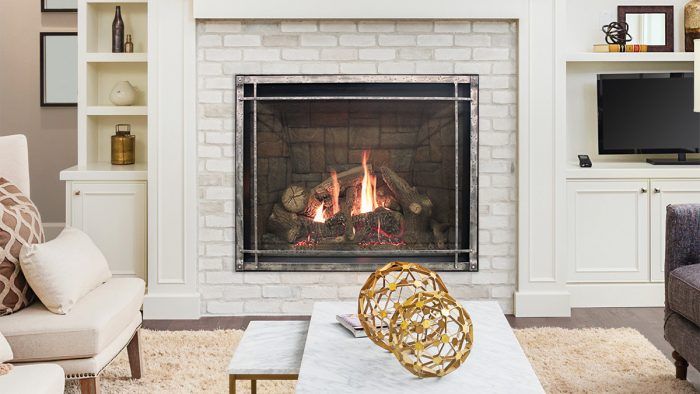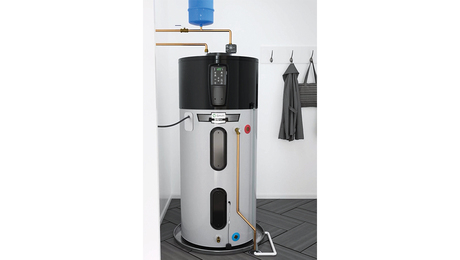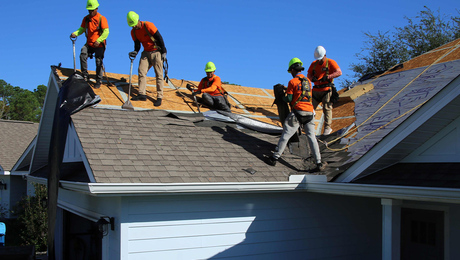Can Burning Wood Be Green?
While burning wood is sometimes considered a "green" source of heat, when it comes to carbon emissions and occupant health, natural gas or propane is usually a better choice.

I want a fireplace or stove to look at a fire and get some auxiliary heat. I know burning gas is not great for the environment. But is wood really a better choice?
—Theo Respum via email
Green building expert Michael Maines replies: As with most building science questions, the answer is, “It depends.” For health, safety, and environmental reasons, in most cases it’s better to burn neither wood nor gas for heat. Renewable energy is much cleaner and safer, and power plants can create energy more efficiently than you can on-site. For ambiance, there are electric fireplaces that some people find a convincing-enough substitute. If you are set on burning something, though—humans did evolve with fire and we have an emotional connection to it—there are several aspects to consider. The fine points go deep, but I’ll touch on the basics.
Both gas and wood are organic compounds— they include molecules of carbon and hydrogen, which when combined with oxygen and an ignition source release heat, water, carbon dioxide, and other compounds through combustion. Carbon dioxide is a greenhouse gas.
It is true that wood is a renewable resource and that it sequesters carbon as it grows. And of course, after trees are cut down new ones will grow in their place. A felled tree left to rot on the forest floor will eventually release the same amount of carbon as if it were burned, so burning wood is often considered carbon neutral. However, it takes a long time to regrow enough biomass to recover the carbon emissions from burning wood—likely longer than we have to get our carbon emissions under control.
Moisture content can decrease wood’s heating efficiency
The actual carbon emissions from burning wood are hard to pin down. Moisture content plays a large role in combustion efficiency and varies significantly. An average hardwood dried to around 5% moisture has 20 to 30 million Btu available per cord. Freshly cut wood is usually around 50% moisture by weight. A lot of the heat of combustion that could be warming your toes goes into cooking off this moisture. Firewood seasoned for a few months should be closer to 20% to 25% moisture, but that is still a lot of water to evaporate. Wood pellets burn more cleanly than solid firewood, but require processing, which increases their embodied carbon.
In addition to CO2 emissions, woodstoves emit carbon fumes (particulate matter) that affect the climate much like greenhouse gases. Called “black carbon” by atmospheric scientists, the fumes absorb sunlight and trap heat in the atmosphere. Smoke seen curling from a chimney is mostly carbon fumes. Stoves that are efficiently burning emit no visible smoke, but it takes a while for even the best stoves to get up to the high temperatures required for clean combustion.
Natural gas and propane both release carbon dioxide and water when they are burned. The United States Energy Information Administration states that propane releases 139 lb. of CO2 for every million Btus burned; natural gas emits 117 lb. per million Btus. The most efficient gas appliances are condensing units that recover the heat contained in the water from combustion— 95% to 96% efficient units are available, meaning that only 4% to 5% of the available heat goes up the chimney. Most decorative gas stoves are not condensing units, though. Most gas fireplaces are 70% to 80% efficient, losing 20% to 30% of the heat up the chimney. Gas stoves, meant to look like wood-burning stoves, are up to about 85% efficient.
Carbon isn’t the only thing to worry about with wood
Beyond the environmental concerns you mention are the potential health and safety issues. Firewood can harbor wood-eating insects, and the process is dirty. Wood smoke contains a lot of fine particulate matter that is dangerous to breathe, but breathing exhaust from gas or propane is not good for you either. At least wood is not explosive, which can’t be said for gas or propane.
Burning gas is cleaner than burning wood with some caveats
Although I try to reduce reliance on petroleum-based products when possible, for carbon emissions and occupant health, natural gas or propane is usually a better choice than wood. However, here in Maine, the most heavily forested state in the U.S. and a state with no petroleum production, many of my clients want to burn wood. I recommend burning only dry wood in EPA-rated stoves, which currently allow 2.5 g per hr. of particulate exhaust, or even more efficient units that get as low as 0.9 g per hr. Check out greenbuildingadvisor.com for more discussions on these topics.
From Fine Homebuilding #302
RELATED LINKS

























